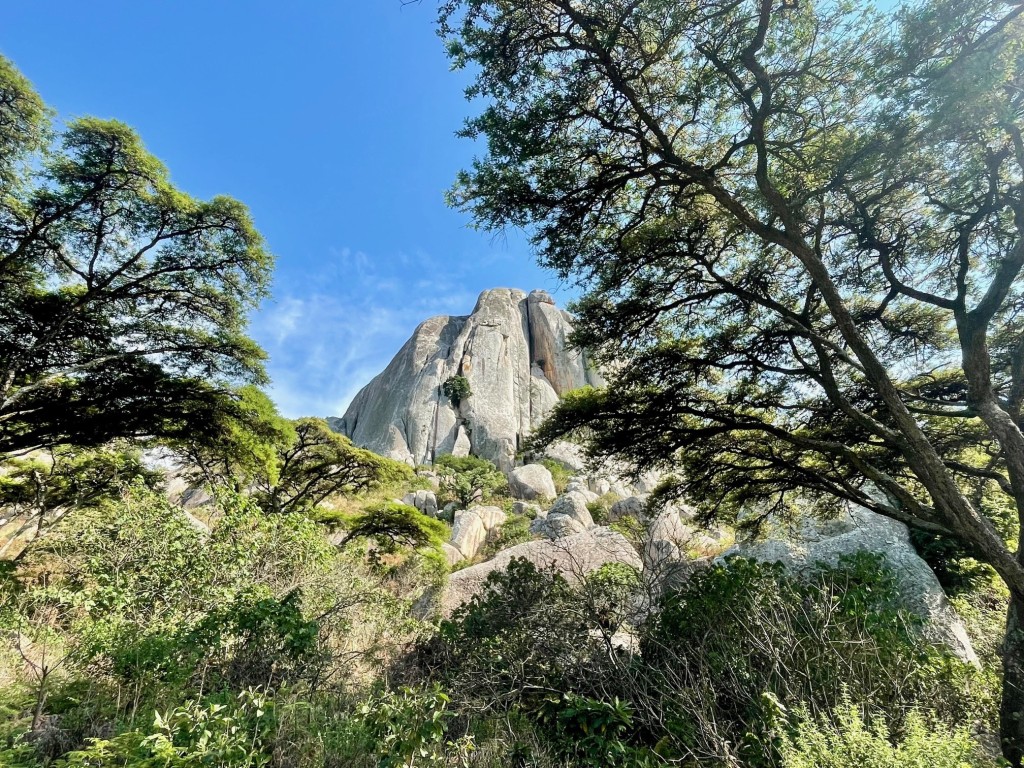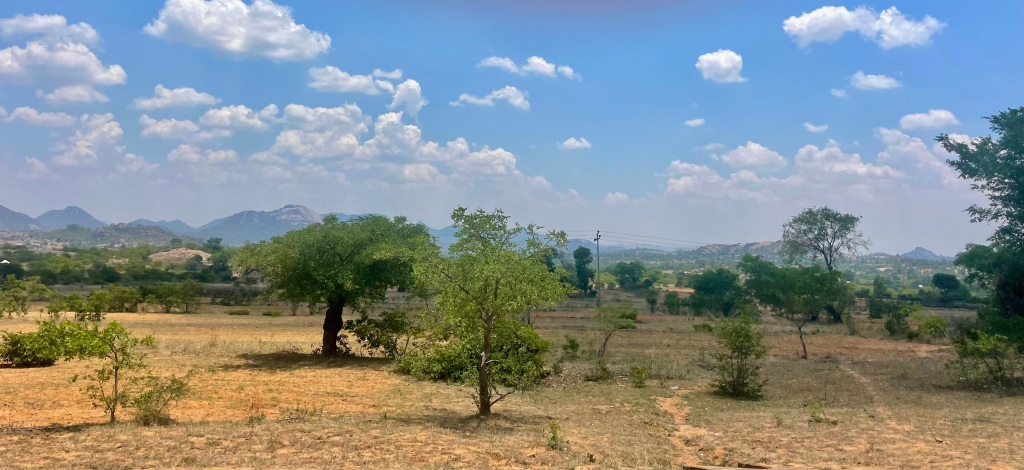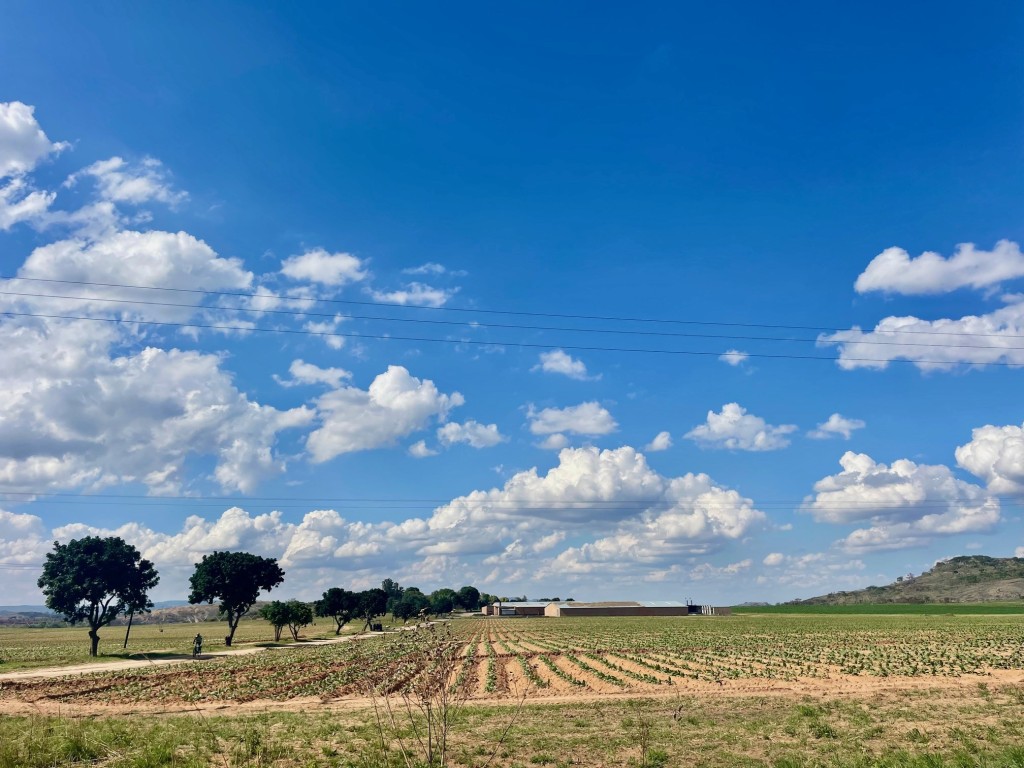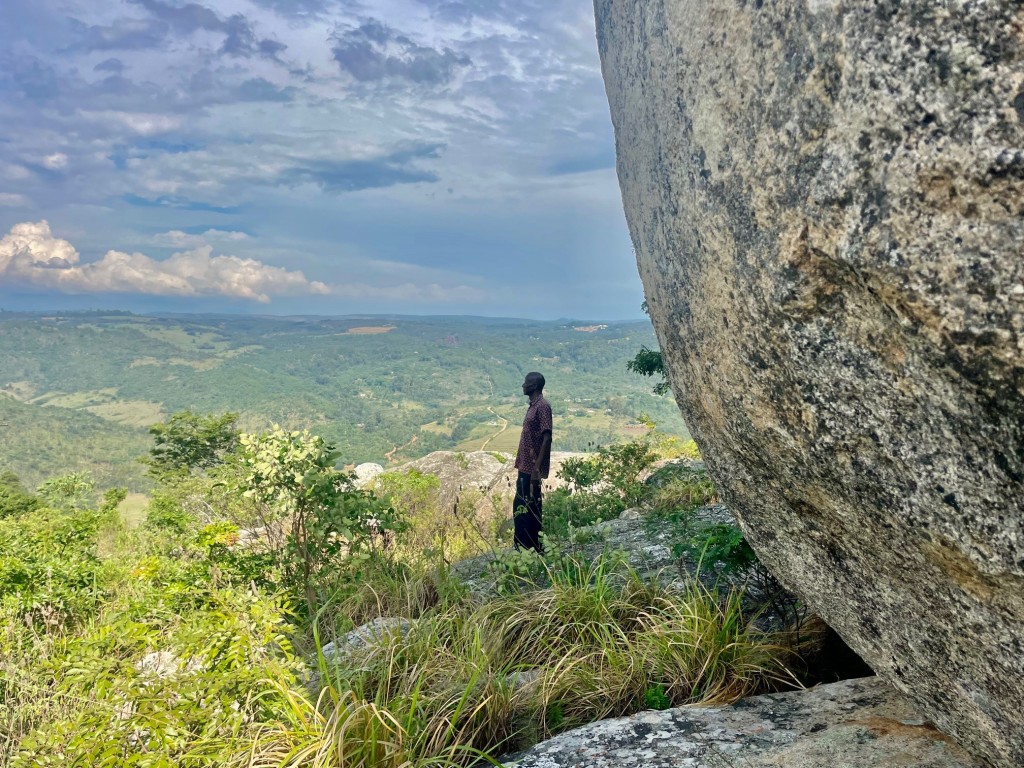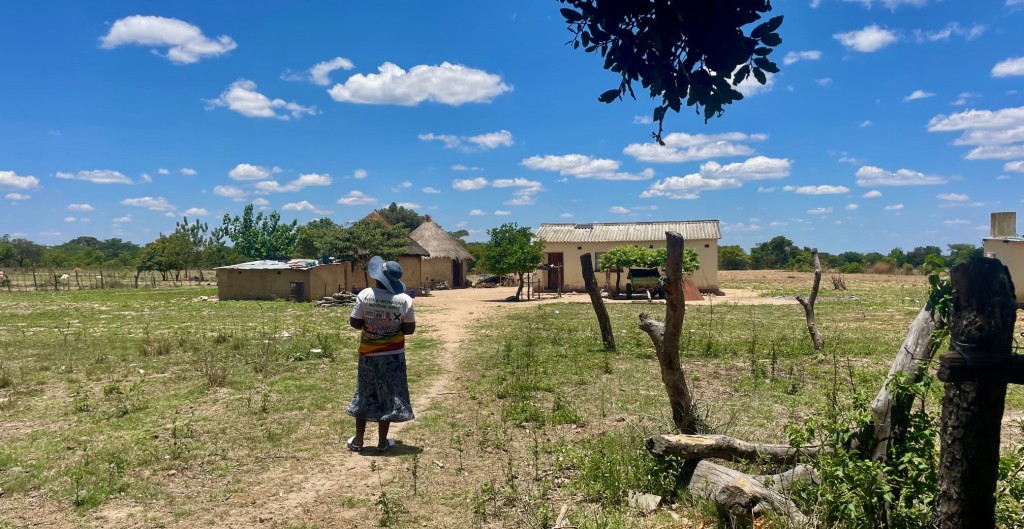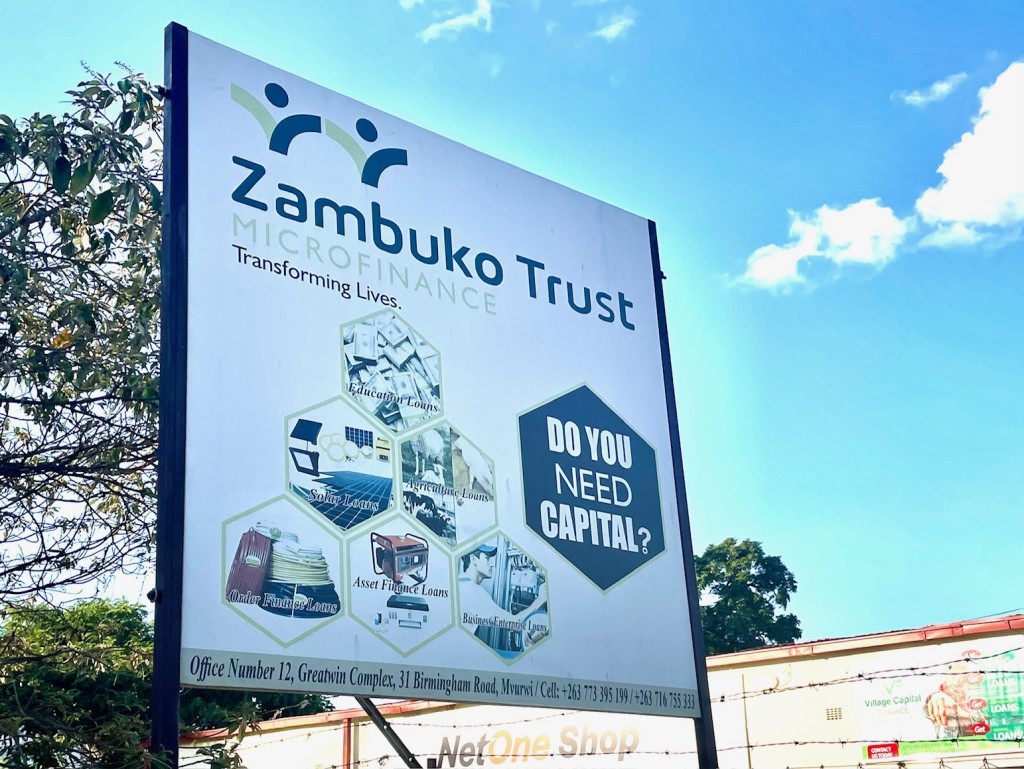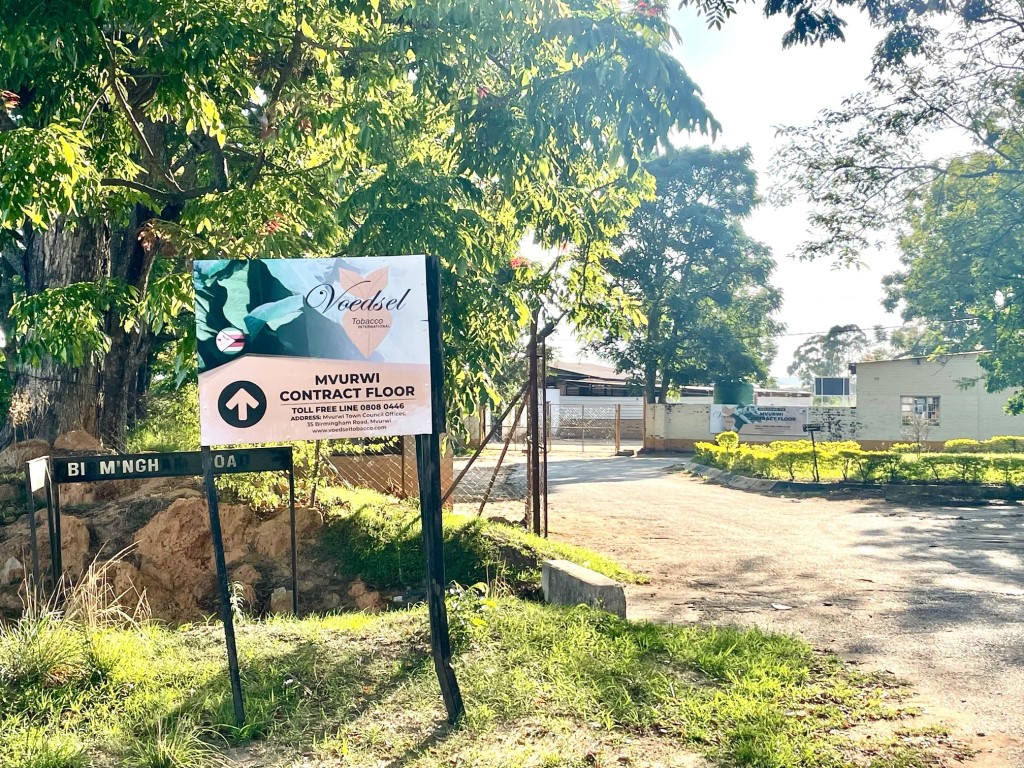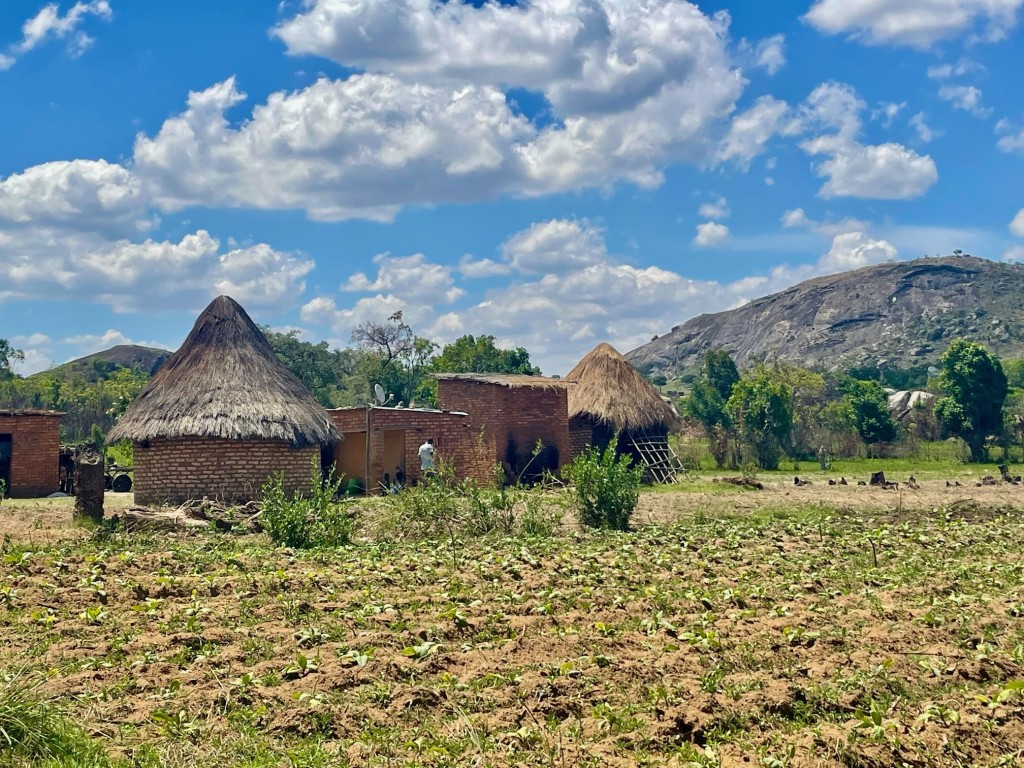
At the International Global Land Grabbing conference held recently in Bogota, Colombia, we held a ‘dialogue session’ with about 50 academics and activists, asking whether land redistribution had a future. I co-facilitated the session with Morgan Ody, the General Coordinator of La Via Campesina, the global peasant movement. With participants from every corner of the world, it was a truly fascinating discussion.
To kick off we had nearly 20 short 2-minute commentaries from people in the room on experience of redistributive land reform. From Burundi to Wales, we learned a lot. Next, we moved to a fishbowl exercise and explored a number of questions: what are the conditions that give rise to redistributive land reform; what is the role of the state and social movements; what needs to happen after a land reform; what processes result in backsliding, land consolidation and social differentiation? The conversations were really interesting, offering important insights for the future.
Land redistribution and societal change
As we discussed, redistribution of land has long been identified as a key precursor to economic growth and societal transformation, from the French, Russian and Mexican Revolutions onwards. The history of East Asia in particular is instructive. With strong support from the United States, land reforms took place in Taiwan, Japan and South Korea, with redistribution focused on spurring economic growth and assuring social and political stability. Meanwhile in China, major land reforms took place from 1949, as part of the Maoist revolution, and rural growth later took off particularly following decollectivisation after 1979. In all cases, land reforms have been identified as key facilitators of selective accumulation and investment in farm settings, promoting subsequent transitions to off-farm activities and later industrialisation.
Such perspectives on agrarian transition inform much rural development debate, whereby asset redistribution can result in new trajectories of growth and transformation. Alongside smallholder-led agricultural revolutions, medium-scale farm enterprises are seen to be especially important in longer-term processes of agrarian change. Yet in some settings, sustained growth has not emerged, except in isolated cases and under particular conditions. This has led some to question the effectiveness of smallholder agriculture as a driver of transformation, despite the classic arguments about the ‘inverse relationship’ between farm size and productivity.
That said, global analyses show how highly unequal societies rarely show dynamic growth trajectories, as wealth is captured and transferred across generations through inheritance without contributing to broad-based economic development. For some, this makes redistribution, including of land, central to contemporary societal challenges, and so addressing growth with equity (across gender, age, class, race and their intersections). As the late Michael Lipton observed, despite the controversies, proclamations of the ‘death of land reform’ are premature.
Land reform under neoliberalism?
However, global land reform experiences over the last 30 years have been uneven, with varied outcomes. It has been very different to the revolutionary ‘waves’ of land reform of previous eras, or even the US-backed counter-insurgency initiatives in East Asia. In this period, a ‘neoliberal’ policy framework has dominated. Much land reform, especially when advocated by the World Bank has attempted market transfers, based on a ‘willing-seller, willing-buyer’ principle. Yet these have often failed as the wider shift in agrarian political economy has been constrained, resulting in limited socio-economic transformation. Other land reforms have focused on land transfers as welfare interventions, part of a wider suite of ‘social protection’ measures. Again, this rarely results in wider transformation and growth, even if questions of equity are partially addressed.
By contrast, land reform based on direct expropriation and compulsory acquisition by the state, especially when supported by social mobilisations, may redress historical injustices and generate longer-term economic transformations through offering ‘land to the tiller’. This was the promise of Zimbabwe’s land reform. However, such efforts – as in Zimbabwe – may suffer from a lack of long-term settlement support and can be subject to political capture undermining other vital gains.
Non-linear paths
In sum, as we learned at our dialogue session in Bogota, there is no simple story about the outcomes of land reforms. It depends on what land is redistributed, where and to whom, as well as the wider political economy that conditions outcomes. While small farms may be more productive as predicted by the inverse relationship, their ability to contribute to wider economic development is affected by multiple factors that change over time, especially as capital/labour ratios, technologies or institutional dimensions shift.
Following redistribution, we therefore see non-linear paths of accumulation with divergent implications for wider socio-economic transformation. There is no simple ‘agrarian transition’ to a more intensive, capitalist agricultural production accompanied by rural proletarianisation, as is sometimes assumed; nor necessarily any guaranteed emergence of a class of successful smallholder agrarian producers. Relationships between rural and urban areas also complicate dynamics, as such linkages may act to reinforce rural growth through remittance transfers or, by contrast, may result in out-migration and so skill and labour shortages.
We must remember therefore that all changes are contingent and conjunctural, rather than linear, evolutionary and predictable, making a contextualised cross-country comparative analysis of changes over time imperative in order to draw out common patterns and wider implications for societies’ ability to pursue transformative growth with equity. In a short session at a conference, we could only go so far, but the comparisons of experiences across countries and continents was hugely revealing.
The road to Nyeleni+25 and ICARRD+20
We resolved to continue the debate. Two opportunities immediately arise. First the the Nyeleni+25 gathering in India during 2025 and then ICARRD (International Conference on Agrarian Reform and Rural Development) conference, which was announced in Bogota by the minister of agriculture to be co-hosted by Colombia and Brazil and convened by FAO in 2026, 20 years after the landmark Porto Alegre event in 2006.
This blog was written by Ian Scoones and first appeared on Zimbabweland

